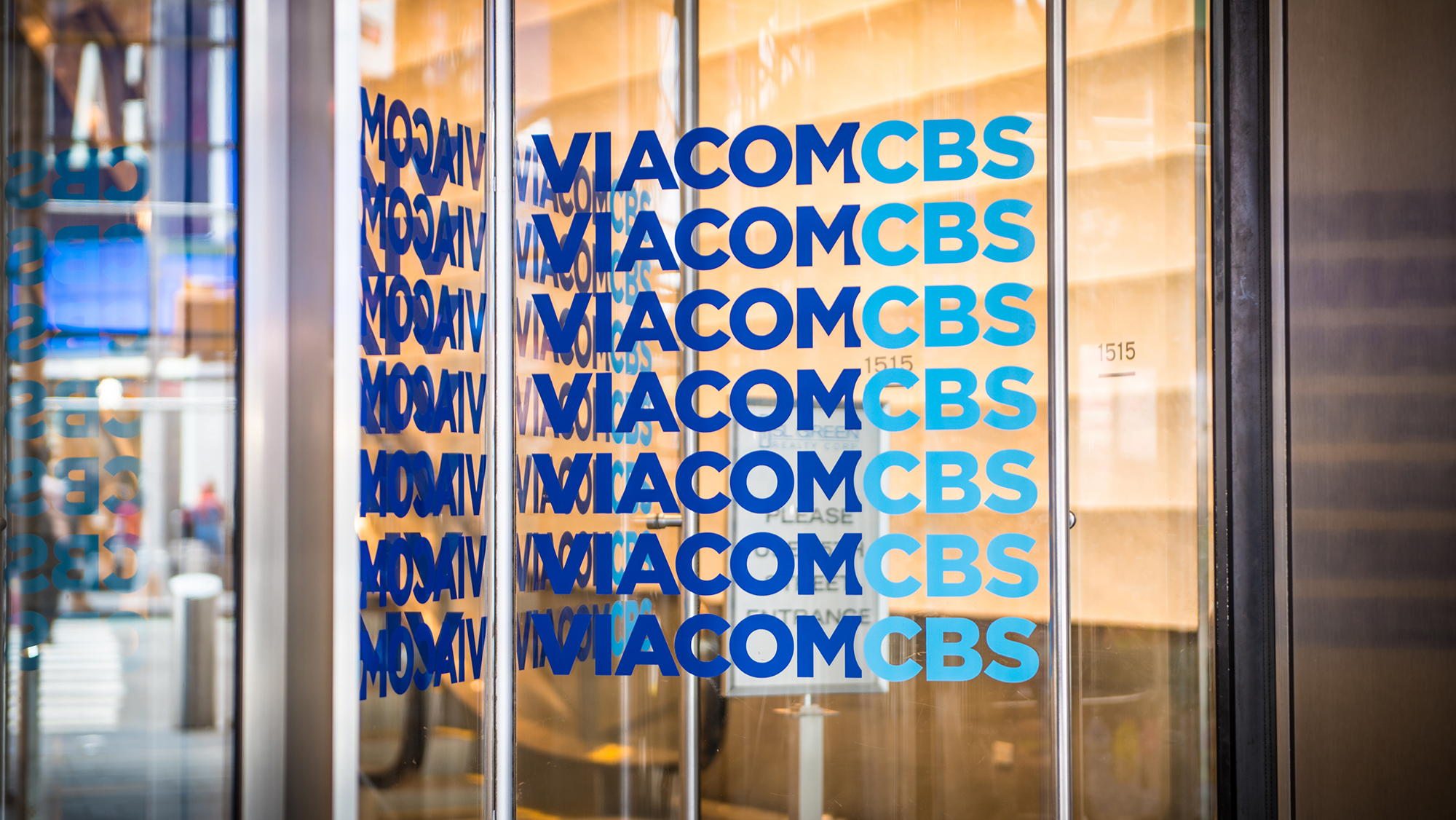ViacomCBS Turns to VideoAmp as Ad Currency Alternative to Nielsen
Media company eyes multi-currency measurement future

In a sign that the television measurement world is changing, ViacomCBS said it will be using an alternative currency from VideoAmp to plan, transact and measure national media campaigns, a role for years monopolized by Nielsen.
ViacomCBS said the move was part of its multi-currency strategy, adding that it was also part of an industry-wide move to get more measurement options at a time when video consumption is shifting to streaming platforms from traditional linear TV.
VideoAmp is in talks with other media companies about providing media buying currencies. It is conducting pilot programs with six major media buying holding companies — including Omnicom Media Group, Havas, Dentsu, GroupM and Horizon — aiming at developing alternative currencies.
Also Read: Ad Industry Seeks Alternatives After Nielsen Loses Seal of Approval
Adopting a new currency is a blow to Nielsen, which has been under fire this year since the networks trade group — the VAB — claimed Nielsen undercounted viewership during the pandemic. The Media Rating Council, the industry watchdog, confirmed the undercount and suspended the accreditation of Nielsen’s national TV measurement service. Nielsen is in the process of creating Nielsen One, a new system for counting viewers on multiple platforms in a consistent and comparable way.
The VAB, the Association of National Advertisers and NBCUniversal have all initiated processes aimed at creating new measurement options. Companies including VideoAmp, Comscore and iSpot.TV are developing metrics for impressions (who saw a commercial) and outcomes (what did people who saw an ad do) that could be used as currency for buying and selling ads.
Also Read: Nielsen’s David Kenny Fights Back After Accreditation Loss
Broadcasting & Cable Newsletter
The smarter way to stay on top of broadcasting and cable industry. Sign up below

ViacomCBS’s deal with VideoAmp is “an important part of this broader narrative that starts with Nielsen’s struggles,” John Halley, chief operating officer of advertising revenue at ViacomCBS, told B+C.
“Just to be clear, we’ve been engaged with VideoAmp for a while,” Halley said. “This would have happened whether [Nielsen] lost their accreditation or not. We’re not saying that we’re replacing Nielsen. What we’re saying is that the measurement marketplace needs diversification and that innovators like VideoAmp can accelerate us into that future.”
Many media companies like ViacomCBS and media buyers already use big data from VideoAmp and other measurement companies to plan campaigns and identify and target audiences most likely to be receptive to an ad message.
Up until now, data from VideoAmp and other data and measurement companies have mostly been used in television advertising to plan campaigns and to allocate linear investment. Agencies would then negotiate guarantees using Nielsen metrics.
“What we have here is the opportunity to align the planning KPIs [key performance indicators, or a campaign’s goals] with the guarantee KPIs to create more transparency and efficiency in the marketplace,” Halley said. “We think that is an opportunity for real market transformation.”
VideoAmp will be creating currencies for both the kinds of advanced audience segments its Vantage platform uses, Halley said, as well as the traditional age-sex demo still used by most advertisers.
At first, deals using VideoAmp as currency will be a fraction of ViacomCBS’s overall business, Halley said. “But I think it will fast grow into something material.”
Those deals will use VideoAmp as the sole currency, rather than incorporating Nielsen and using VideoAmp as a secondary or shadow guarantee, he said.
As ViacomCBS uses Nielsen as currency for fewer deals, Halley said he would expect the company to be willing to pay less to Nielsen. “If you look at the dollars that have been guaranteed by Nielsen over the course of the last few years, obviously it goes down as the linear marketplace shrinks,“ he said. ”As this business moves to streaming, Nielsen no longer has the data advantage.”

Ross McCray, CEO and co-founder of VideoAmp said his company has been preparing for this deal since it was founded seven years ago.
“Our philosophy on the currency side is that it’s not a zero-sum game,” McCray said. Using VideoAmp’s commingled TV viewership dataset will let buyers and sellers look at more precise audiences and allow them to figure out which impressions and spots are going to be the most valuable in a particular campaign.
“We’re hoping to demonstrate in these currency pilots that it creates a higher return on ad spend for the advertisers while creating more yield for the sell side because there’s waste that’s being eliminated,” he said.
VideoAmp’s big data set can also be used for attribution metrics, which can also be used as a guarantee in ad sales deals.
The data is also rich enough to do the kind of predictive analytics advertisers are starting to use to forecast viewership patterns.
ViacomCBS’s Halley said his company has used VideoAmp’s data as a basis for prediction, and that it worked successfully.
In addition to ViacomCBS, VideoAmp is talking to many other programmers, said McCray, who expects VideoAmp’s currency to be among those used across the industry.
VideoAmp has been active with groups that have been looking to reimagine the measurement business and develop standards.
“We believe that as long as we continue to develop against the standards of OpenAP, OpenID, the VAB, the ANA, there will be broad adoption on this,” McCray said. “I think that’s something that we’ll see over the next couple of months or quarters.”
“Measurement is an industry initiative it is a team sport. We’re going to move collectively together to define its future,” Halley said. “Ultimately that future is going to involve multiple currency options based on the advertisers’ and agencies’ preference. It's up to us as sellers to support all those options.”
As for Nielsen? “Nielsen is not going to be the monopoly provider anymore,“ Halley said. ”They're going to be one of several and they're going to have to compete for the advertisers and publishers business. The question is, can a historical monopoly provider of legacy service rapidly develop a product roadmap that meets the needs of advertisers in the current day.”
Jon has been business editor of Broadcasting+Cable since 2010. He focuses on revenue-generating activities, including advertising and distribution, as well as executive intrigue and merger and acquisition activity. Just about any story is fair game, if a dollar sign can make its way into the article. Before B+C, Jon covered the industry for TVWeek, Cable World, Electronic Media, Advertising Age and The New York Post. A native New Yorker, Jon is hiding in plain sight in the suburbs of Chicago.

